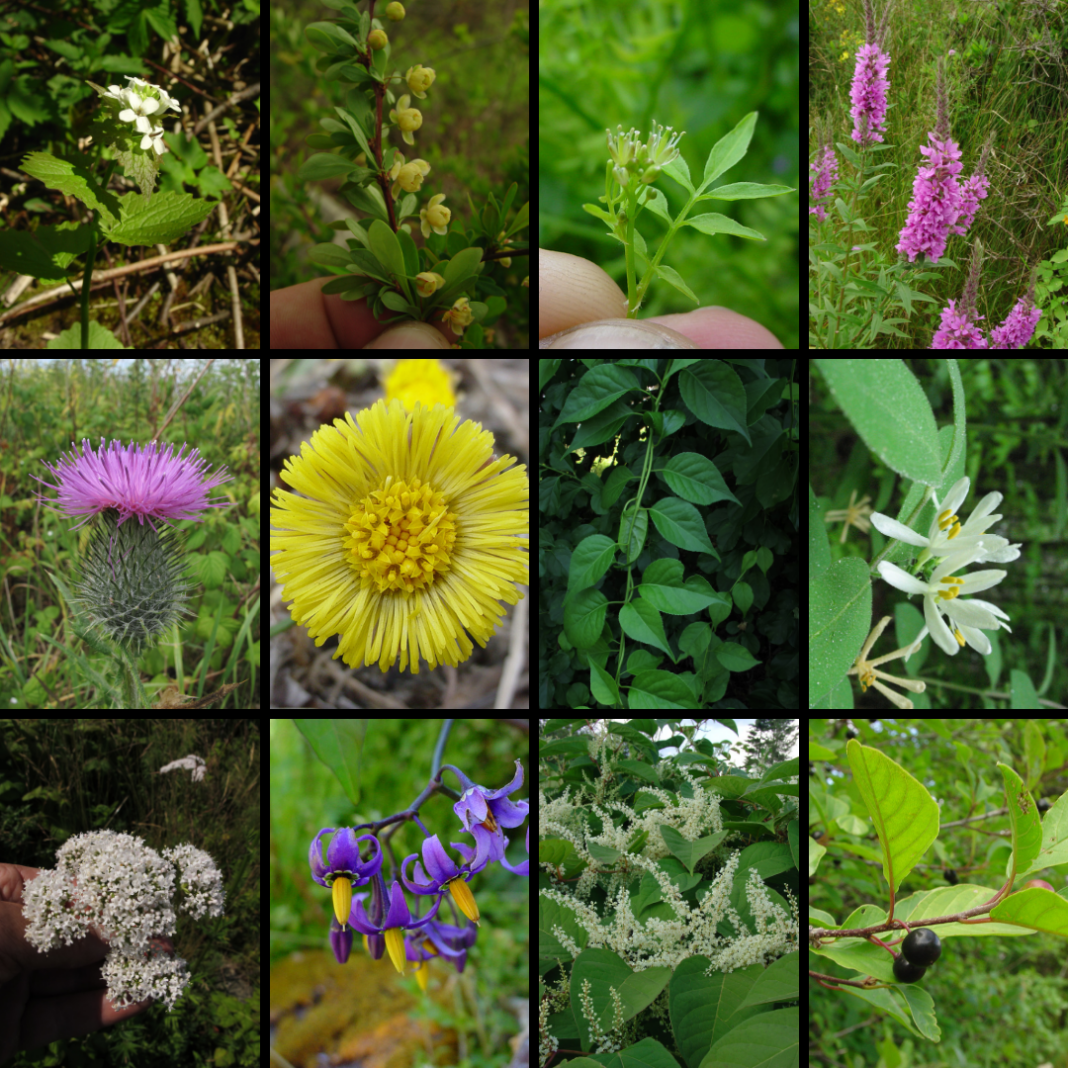Invasive or Harmful Plant Life and How to Handle It
By Jack Shaw
Invasive plants may seem harmless at first glance. After all, aren’t plants good for the environment? Yet those from other places can spread quickly and destroy nature’s delicate balance. While they may be beautiful and natural, their presence threatens the area’s ecosystem.
What Is Invasive Plant Life?
Invasive plants are species that are not native to a particular area. They spread aggressively, displacing native plants. These invasives often have no natural predators or other checks on their growth in their new home, allowing them to increase and take over the landscape.
The Threat of Invasive Plants
Invasive plants pose major threats to worldwide ecosystems.
Reduced Biodiversity
One of the most significant dangers of invasive plants is that they can outcompete native species for essential resources. As they spread, these species can completely overtake an area, wiping out native plants that birds, insects, and other wildlife depend on for food and shelter.
Losing native plant life reduces biodiversity. It disrupts the complex web that makes the Earth flourish.
Harm to Waterways
Aquatic invasive plants like hydrilla and water hyacinth can form dense mats on the surface of lakes, rivers, and streams. These dense mats reduce water quality and flow and block sunlight from reaching underwater plants.
Such plants disrupt aquatic ecosystems and harm fish and other aquatic creatures. They also interfere with fishing, causing economic damage to communities that rely on it.
Increased Wildfire Risk
Certain invasive grasses and shrubs create thick, dense carpets of highly flammable vegetation. During a wildfire, they can cause fires to burn hotter and spread faster, making them more difficult to control and contain.
After a fire, invasive species are often the first to take over the disturbed land. This takeover prevents native plants from reestablishing and setting the stage for future wildfires.
Degraded Soil Health
Invasive plants like garlic mustard produce compounds that alter soil chemistry. This degradation inhibits the growth of other plants that help maintain healthy soil. Invasives often have shallow root systems that don’t hold soil well, increasing the risk of erosion and degrading soil health further.
Managing the Spread of Invasive Plants
Completely eradicating a widespread invasive plant may be difficult. However, you can take steps to manage it and give native species a fighting chance.
Prevention
The best defense against invasive plants is preventing them from taking hold in the first place. Avoid planting known invasive species in your yard or garden. Be mindful of how you may accidentally transport seeds or plant fragments. Clean your shoes, clothing, pets, and gear before and after visiting natural areas to avoid spreading seeds. Buy firewood locally rather than transporting it from other regions.
Solarization
This method of managing the spread of invasive plants can work in smaller areas. Solarization involves covering the area with a thick, dark plastic sheet and securing the edges. The plastic traps heat from the sun, essentially cooking the invasive plants and their seeds over several weeks. Solarization works best in hot, sunny weather.
Smothering
Another method of managing invasive plants is to deprive them of light. Cover the area with a thick layer of mulch, cardboard or newspapers topped with mulch. Doing so blocks sunlight from reaching the invasive plants, eventually killing them. Smothering works well for larger areas and is most effective over a full growing season.
Manual Removal
Hand-pulling or digging up the roots can be an effective management strategy for small patches of invasive plants. You must remove the entire root system to prevent regrowth, as many invasive species can regrow from tiny root fragments.
When disposing of the removed plants, secure them in a plastic bag and place them in the trash. Do not compost them, as it can unknowingly spread viable seeds.
Targeted Herbicides
Careful spot treatment with herbicides can be a useful tool for larger infestations. Look for products specifically labeled for the weeds you’re targeting. Apply the herbicide selectively to avoid harming desirable plants nearby. Always follow label instructions carefully, as improper application can have devastating environmental consequences.
Replanting Natives
After removing invasive plants, you must replant the area with a diverse mix of native species suited to local conditions. Replanting creates a more resistant plant community that can better withstand future invasions. Native plants also provide proper food and habitat for local wildlife, helping restore the ecosystem’s natural balance.
Ongoing Monitoring
Vigilance is key to preventing the reestablishment of invasive plants. Regularly check the area for new sprouts or seedlings and remove them before they can establish and spread. Consistent monitoring and prompt action can make a big difference in the long-term success of invasive plant management.
Dealing With Invasive Plants Effectively
Invasive plants are a problem everyone needs to address. You can help by learning to recognize the invasive plants in your area and reporting new sightings to local authorities. Consider volunteering to help remove invasive plants in parks or natural areas.
Protecting native ecosystems from invasive species requires knowledge, effort, and collaboration. By taking action, everyone can improve the health of the environment and ensure native plants and wildlife can thrive for years to come.
Jack Shaw is the senior editor of the men’s lifestyle magazine Modded and has written extensively about electric vehicles, sustainable practices, and maintaining a green lifestyle through your everyday actions. His writing can be found in Green Living Journal, Packaging Digest, EcoHotels, and more. Connect with him via his LinkedIn.
